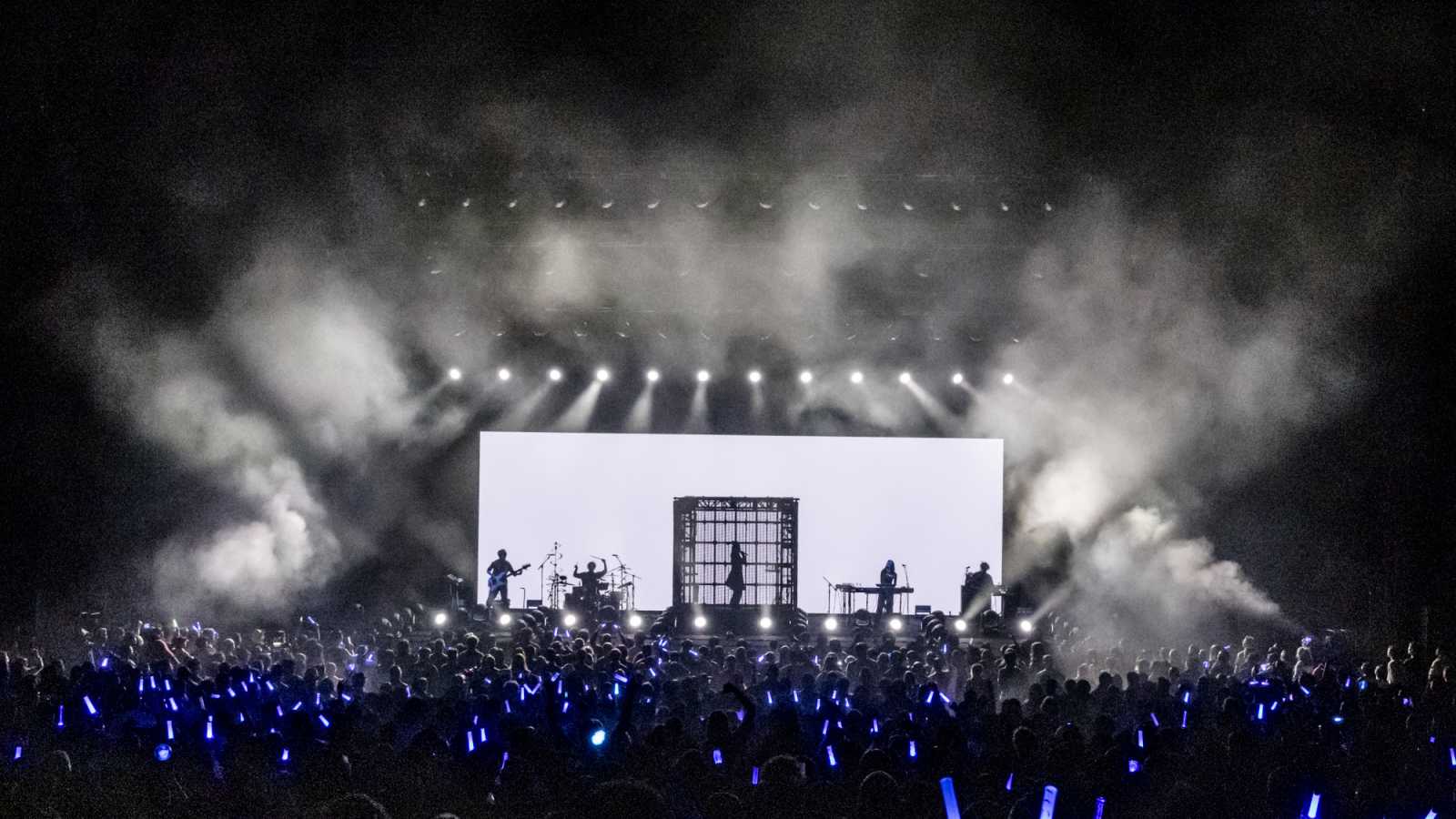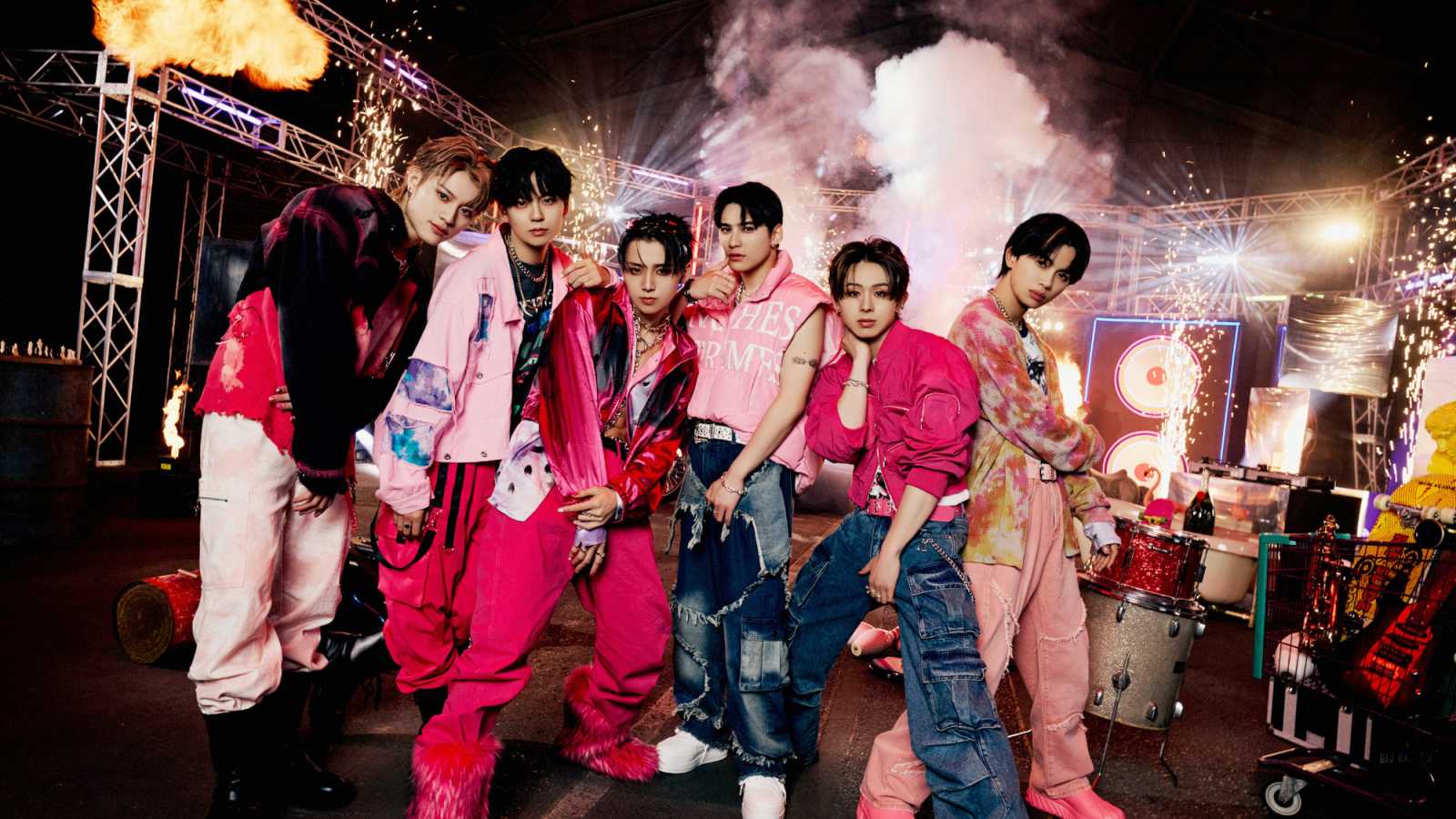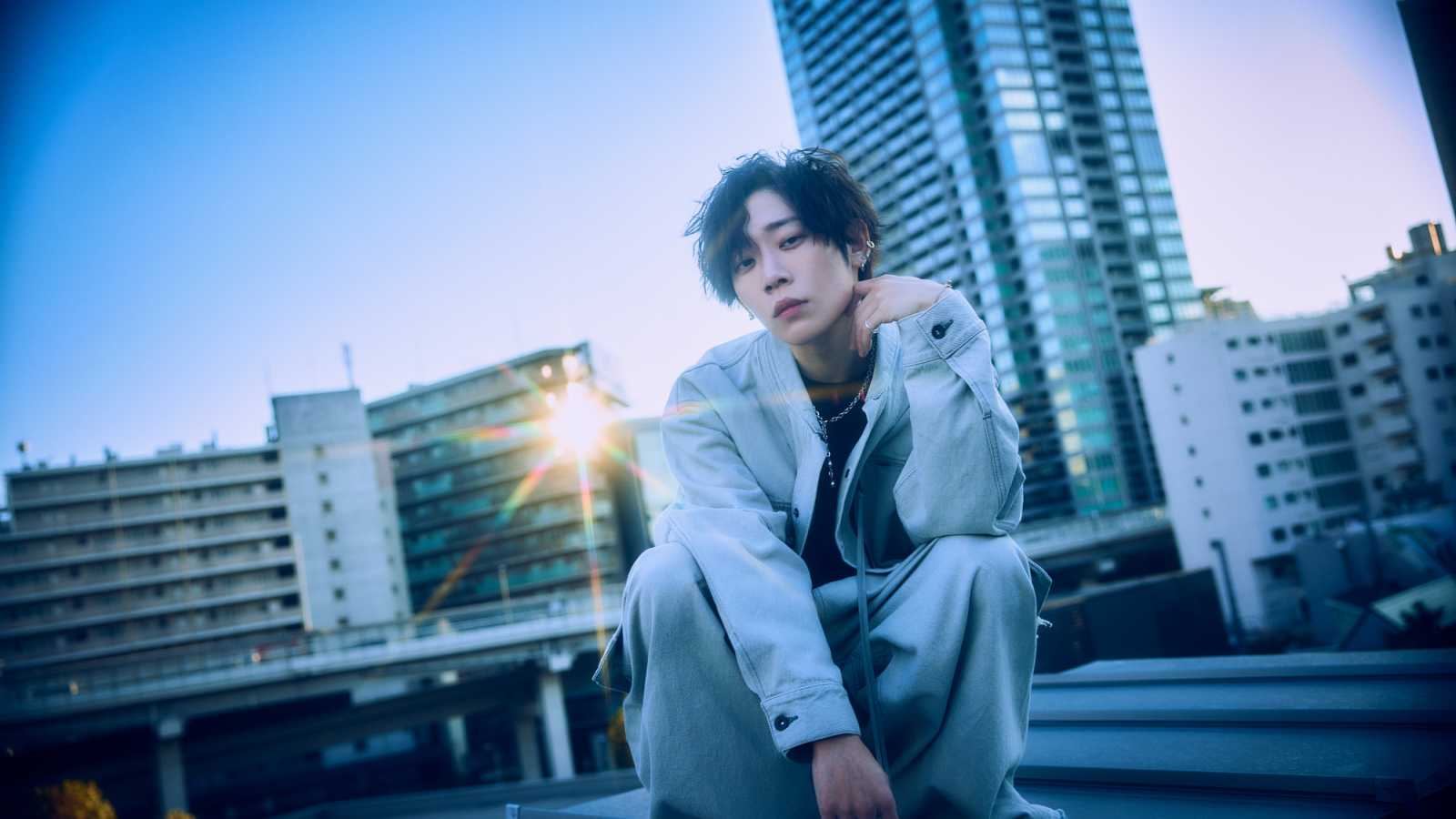Kiyoshi - KIYOSHI4
A reinvention of rock.

On October 31st - her birthday - bassist and vocalist Kiyoshi followed her tradition of releasing a new full-length, self-titled album each year. As the title suggests, KIYOSHI4 is her fourth full-length studio effort.
Kiyoshi has performed in her fair share of bands over the years. A look at her bio on Twitter shows that she has played in groups such as Inside Me, The Madcap Laughs and Mega High Ball,
among others. She even made an appearance in the 2016 comedy film "Too Young to Die". However, she is probably best known internationally from her time with former Megadeth guitarist Marty Friedman's touring band.
She gained international notoriety during the first leg of Friedman's 2014 tour in support of the album Inferno due to her energetic and relentless onstage performances.
As a performer, Kiyoshi has a punk-ish attitude, which is displayed not only in her onstage antics, but also in her songwriting and even the description of this album. Visiting the purchase link for it on her website,
one sentence sticks out the most: “No guitars were used in the making of this album.” Aside from pointing out Cliff Burton's solo on Metallica's debut album, it's very difficult to think of another rock album outside
of the experimental/avant garde/drone scenes that uses only drums, vocals and bass guitar. This concept immediately gives the album a character all its own. The fact that it is not trying to be any kind of experimental project, but is rather a straightforward
hard rock album, makes it even more unique.
It's not difficult to notice that there is no guitar present on this album. The general feel of this album's mix is something akin to a small club or a Japanese live house. This does a surprisingly good job at giving it a "live" sound.
The vocals have very little in the way of pitch correction and the entire album carries a somewhat gritty sonic texture. That is to say, it doesn't sound the most polished, but it isn't supposed to be.
With such a limited timbrel palette to work with, one might wonder how Kiyoshi managed to write ten distinct songs. The answer to this question becomes evident as the album progresses: musicianship. There is
no better showcase for the versatility of the bass guitar than this album, as Kiyoshi demonstrates her willingness to pull out every possible stop she can to deliver a complete, diverse, and engaging musical experience.
The second song Little King is an early example of the level of musicianship that is present throughout the tracks. The beginning of the song features a blues rock-inspired, heavily syncopated riff played exclusively in a
slap bass style that is punctuated by fast and complicated fills after every phrase. When the drums are introduced, Kiyoshi helps to give the instrumental greater depth by playing the same riff and fills in unison an octave lower
from the original. This trick is used extremely effectively as there are two different, simultaneously-occurring bass guitar tracks, one which occupies the more traditional role of the bass guitar and the other occupying what an electric guitar would
otherwise be doing. This is especially the case during the chorus where Kiyoshi plays chords in a way that sounds like the strumming of a guitar which, considering that she plays the bass exclusively with her hands, is quite impressive.
This song also features a bluesy bass guitar solo which utilizes a wah pedal to excellent effect. Kiyoshi's musicianship does not stop at the bass guitar, however, as she also demonstrates that she is no slouch when it comes to vocal
performance. This song in particular makes it very clear that there is little-to-no pitch correction, which gives it a distinct live feeling. Little imperfections exist in the vocals here and there, but considering that it is all natural, Kiyoshi's
vocal performance here is exceptional.




